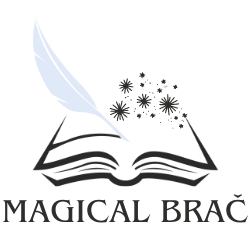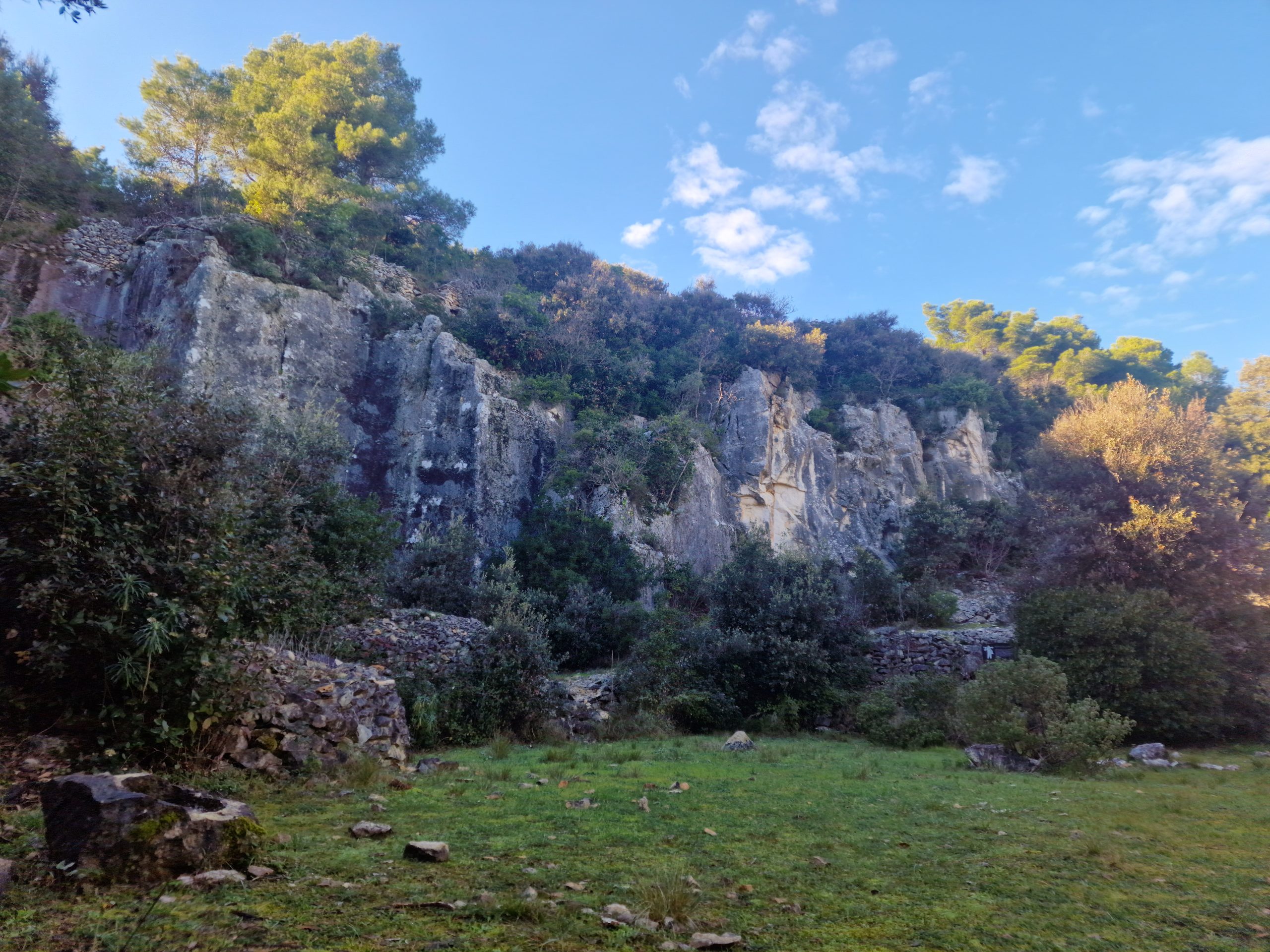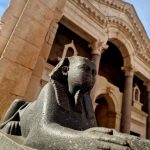The Roman Empire left a big mark on Dalmatia, which was an extremely important province in the empire itself, the third largest. The rise of the Roman Empire resulted in the construction and urbanization of the former Illyrian regions, and the construction of cities and infrastructure required significant resources, mostly stone as a building material. The stone was harvested in numerous locations, and one of the main sources of this natural treasure has been the island of Brač since prehistoric times.
To build Salona and other cities of the Roman Empire, the emperor organized three large quarries on the island of Brač – Rasohe, Plata, and Stražišće. The stone was harvested by the efforts of the local Romanized population and slaves arriving from various destinations throughout the empire. Brač stone was processed inside the quarries located at the foot of Škripa, after which it was transported to the nearby port in Splitska. Witnesses of this process are still preserved in ancient quarries, paths on which traces of carts are still visible, as well as boulders scattered throughout the area like magnificent monuments of a completely forgotten time.
Vladimir Nazor, a famous writer from Brač, called Brač an island without history.
The purpose of the Magical Brač tour is to restore the lost history of this beautiful island, in which it was an important lever in the construction of the great Roman Empire. We cannot consider the Brač quarries to be ordinary places where stone was harvested; these were imperial quarries with advanced organization and technological processes that were once ahead of their time.
Brac quarries are not described in books, but stories about them are written in stone. It’s time to tell them!




